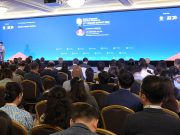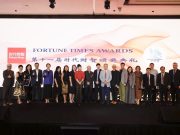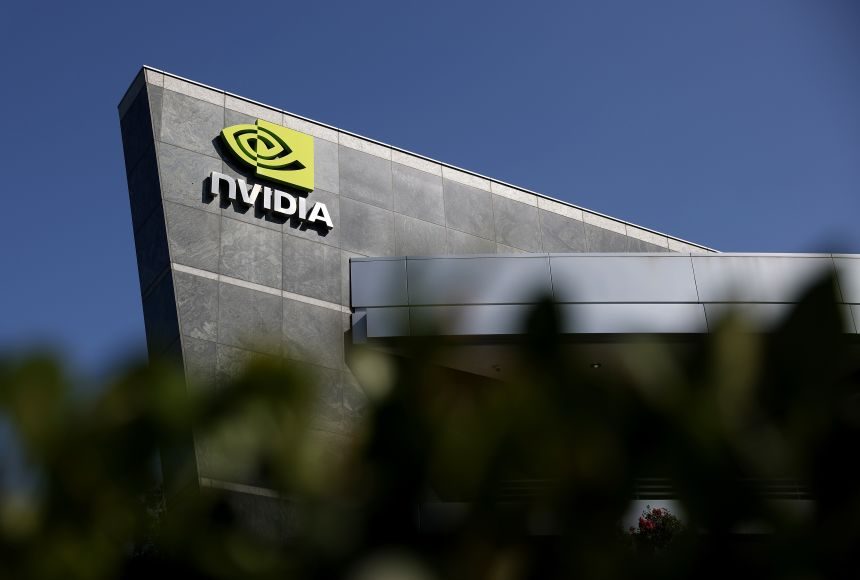(Singapore, 25.09.2025)Chinese companies have begun competing to develop AI (artificial intelligence) semiconductors after the government recently imposed restrictions that amount to a ban on some Nvidia AI chips, especially that used in RTX Pro 6000D, for domestic tech firms, a Japanese-owned Chinese-language media reported.
Amid ongoing China–US trade tensions, the Chinese government has called on domestic tech companies to intensify the development of AI-core semiconductors, aiming to reduce reliance on the United States, the Nikkei China news platform reported.
Due to this shift toward self-reliance, NVIDIA—the world’s largest chip manufacturer based in the US —is now projected to see its share of China’s AI semiconductor market decline from 66% in 2024 to 54% this year, according to Nikkei China.

Indeed, encouraging signs are emerging: Alibaba Group has introduced an AI server powered by its self-developed semiconductor, and Huawei Technologies is set to launch four AI chip products, Nikkei China pointed out.
But Alibaba will still partner with NVIDIA on AI software for robotics and other applications, broadening the use of AI. To advance AI, China would pursue a strategy that integrates both software and hardware developments.
On Wednesday (September 24), Alibaba Cloud kicked off its annual conference in Hangzhou, Zhejiang Province. At the opening ceremony, CEO Wu Yongming highlighted that the growth of the AI industry and its demand for infrastructure have far surpassed expectations.
In February Alibaba has unveiled plans to invest 380 billion yuan (S$69 billion) in AI and cloud computing over the next three years. This time Wu announced the company intends to ramp up its investment even further. He out that global annual investment in AI has already exceeded US$400 billion (S$515 billion) and is projected to top US$4 trillion within the next five years.
Wu seems to represent China’s vision for AI, emphasizing that the progress of AI development requires consistent interaction with the real world. “Artificial general intelligence is only the beginning and humanity would ultimately move into the era of ASI (superintelligent AI), “ 36 Kr, a Chinese news platform focusing on technology, quoted him as saying.
Wu outlined a detailed roadmap: the first stage involves the emergence of AI intelligence, mainly learning from humans; the second is AI autonomous action, primarily assisting humans, which the world is just beginning to enter. The third is self-iteration, surpassing human intelligence—a distant future.
The Hangzhou event’s main highlight was Alibaba’s latest AI server, which is powered by its self-developed semiconductor. According to the presenter, “this server supports AI training and is already being used for the company’s internal development.”
Toshiya Suzuki of US research firm Omdia noted that Alibaba’s AI development environment performs well and efficiently when running trained AI models, making it easy to migrate over models originally developed on NVIDIA’s CUDA. He added that even if NVIDIA were to halt chip supplies to China, the Chinese government would not be in a difficult position, having embraced AI development.
On the same day, Alibaba also introduced the newest version of its large language model, “Qwen 3-MAX,” which is said to outperform competitors such as OpenAI. That very day, Alibaba’s shares on the Hong Kong stock market climbed 9% from the previous close, hitting their highest level in nearly four years.
Earlier in July Huawei Vice Chairman and Rotating CEO Xu Zhijun announced at the World Artificial Intelligence Conference held in Shanghai that computing power based on high-performance semiconductors has been, and will continue to be, the key to AI and to China’s AI development.
Meanwhile, companies deploying semiconductors are also responding to the government’s call. Tencent stated that it will adopt domestic products. On 15th this month, its senior executive vice president Tang Daosheng said the company would choose between domestic and overseas products depending on customer needs and costs.
Early this year, due to US export restrictions, NVIDIA supplied lower-performance products to China. Even though the products were not ideal, China still had to depend on US AI semiconductor companies such as NVIDIA and AMD.
Then, in April, China’s leaders stressed that in the face of rapidly evolving AI technology, Chinese companies should capitalize on China’s capability at nationwide mobilizations and develop self-reliance. The government also pledged to back the research, development, and manufacturing of AI semiconductors.
In July, Beijing determined that reliance on NVIDIA’s H100 make China vulnerable. This month major Chinese tech firms were finally instructed by the government to refrain from purchasing NVIDIA AI semiconductors.
According to a survey by Zhongyuan Securities using data from US-based equity research firm Bernstein, NVIDIA’s share of China’s AI semiconductor market is projected to decline from 66% in 2024 to 54% this year, while Huawei, the country’s largest AI company, is expected to increase its share from 23% to 28%.
Excluding NVIDIA, Huawei, and AMD, the combined market share of other Chinese companies is expected to increase from 6% in 2024 to 14% in 2025, with emerging Chinese firms like Cambricon Technologies gaining traction.





































